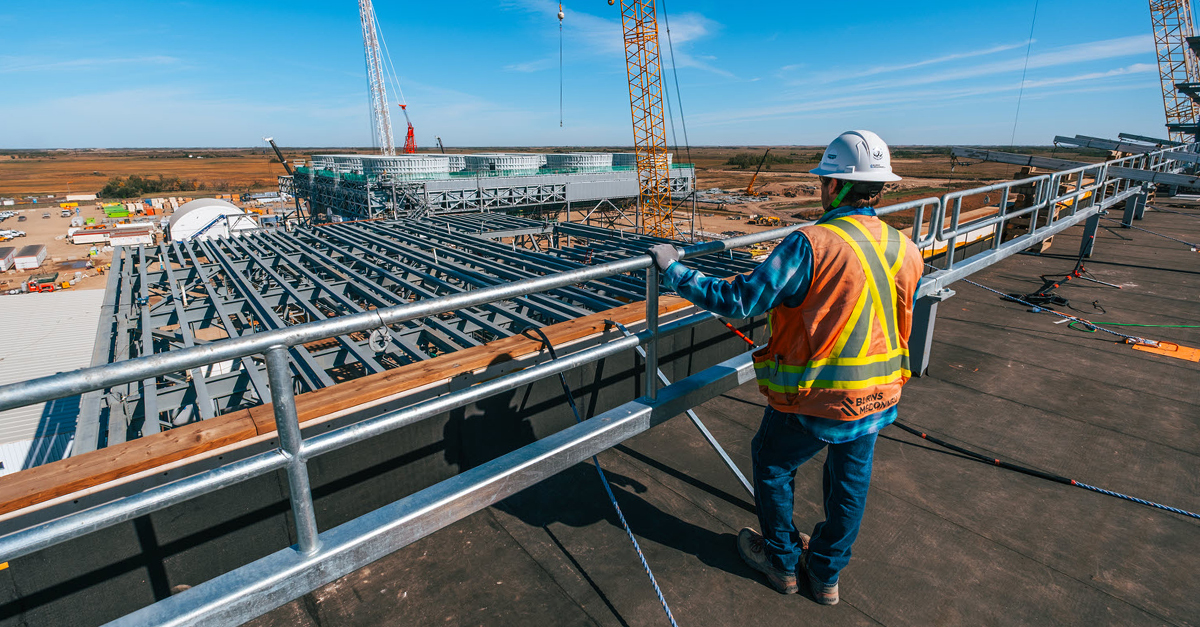5 Questions on Woodland Caribou Research
August 13, 2018

The caribou’s a national symbol. But populations of this iconic species are dropping. Since they live where we need to work, we want to find out how we can better co-exist with them.
-
Why does SaskPower care about woodland caribou?
If you didn’t know – caribou are a threatened species. Not only do we work in their habitat, but we could have a serious impact on them if we’re not careful.
Because of this, we partnered with the University of Saskatchewan in 2013. This five-year study allowed us to track and study woodland caribou.We wanted to find out things like:
- Where they live; and
- What their habits are.
With this information, we can:
- Better understand how to avoid impacting them; and
- Adjust our operations to reduce our impact.
-
Where do woodland caribou live?
Woodland caribou live in Saskatchewan’s northern boreal forest. The Canadian boreal forest is the largest intact forest that covers nearly 60 per cent of Canada’s land. This area is covered in dense forest… the perfect place for woodland caribou to live.
-
How does this affect our business?
We've got equipment to maintain and build in the boreal forest, at the same time we have a responsibility to manage our impacts to species at risk. Not only is the boreal forest protected, but at times, we're limited to the work we can do. We need to figure out how we can work in woodland caribou habitat while still maintaining safe, reliable electricity to the people and businesses of northern Saskatchewan.
-
How are we impacting woodland caribou habitat?
Clearing vegetation around power lines and equipment is noisy. This can scare the caribou away from their habitat, making them more vulnerable to predators.
This could have an impact on:- breeding
- feeding
- living areas
Female woodland caribou usually only give birth to one calf a year. Many of these calves don’t survive their first year. So the caribou population takes a long time to recover from population declines.
-
What steps is SaskPower taking to reduce impacts to woodland caribou?
We're creating a set of best practices for projects if caribou are in the area. This includes:
- Reporting siting of the animal;
- Avoiding sensitive time periods and critical locations or habitats, when we can; and
- Steps to take for when we can’t avoid sensitive areas or time periods.




